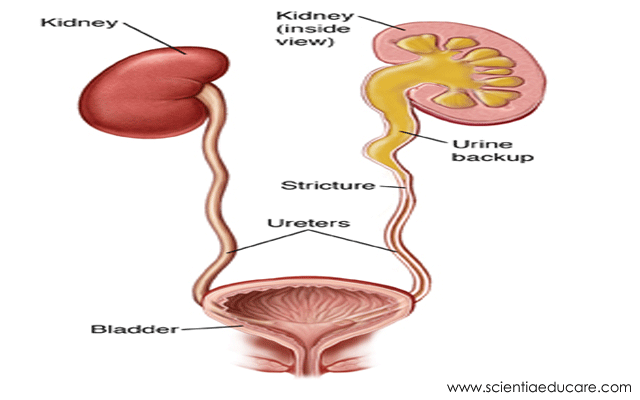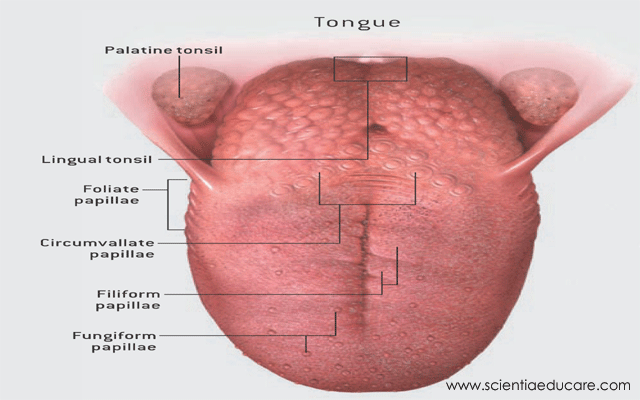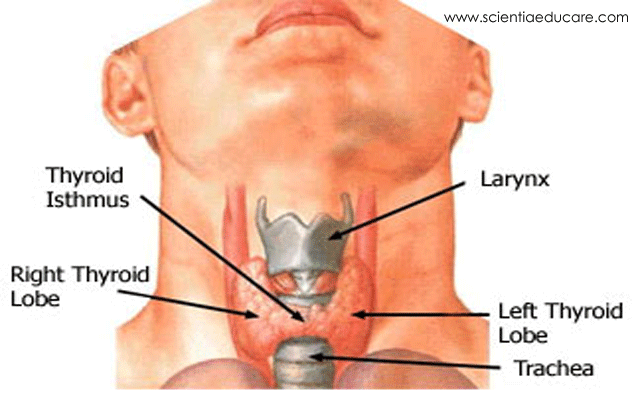
Adrenal Glands
What Are The Adrenal Glands?
Adrenal glands
The adrenal glands are absolutely vital to your wellbeing. We each have two of them, and they play a hugely important role in producing the hormones that we need, particularly during times of stress. On this page I am going to summarize what the adrenals are, what they do and why they are so central to our good health.
Where are the Adrenal Glands located?
The adrenal glands might be a part of the HPA axis, but are located a long way from the hypothalamus and pituitary gland. In fact, they sit just above your kidneys, which are in the middle of your lower back area. You have one adrenal gland for each kidney.
Although you might think they would be symmetrical, this is actually not the case. The right adrenal gland is triangular shaped, whereas the left adrenal gland is shaped more like a half-moon. They are approximately 2.5 inches long and 1 inch wide, and they have a yellowish color.
Why are the adrenals located next to the kidneys? This is because they have a strong influence on your kidney function (as well as many other things) through the secretion of aldosterone. The word ‘adrenal’ actually comes from the Latin ‘ad renes’, meaning near the kidney.
The Adrenal Glands (Johns Hopkins)
Functional Anatomy of the Adrenal Gland (Colorado State University)
What are the different parts of the Adrenal Glands?
A simple way to understand the structure of the adrenal glands is to compare them to a fruit like an avocado. There are three distinct layers that you need to know, and here is a brief description of each one. Further down the page I will also go into detail on the functions that each layer performs.
The Capsule
The adipose capsule is a protective layer of fat that surrounds each adrenal gland. Think of this as being like the skin of the avocado. Although not strictly a part of the adrenal glands themselves, the primary function of this layer is to enclose and protect each of the adrenals.
The Cortex
You might compare this layer to the flesh of an avocado. It comprises around 80% of the volume of the adrenal gland and it fully surrounds the medulla, which lies in the center. The cortex actually contains 3 separate zones, which are named (starting from the outside) the zona glomerulosa, the zona fasciculata and the zona reticularis. Each of these zones has slightly different functions but they all exist within the cortex.
The Medulla
The last and innermost part of the adrenal gland is the medulla. This sits in the middle, surrounded by the cortex, and comprises only 20% of the volume of the adrenal gland. Unlike the cortex, the medulla has no separate zones with different functions.
What does the Cortex do?
The cortex and the medulla have very separate roles within the adrenal glands, although there is some interaction between them. There are three roles that the cortex typically performs.
Production of DHEA and other sex hormones
This occurs in the innermost layer of the cortex, the zona reticularis. Hormones like DHEA, DHEA-S and androstenedione are produced and secreted as needed. In men, these hormones can be converted into testosterone within the testes (although in practice, the testes can produce testosterone directly from cholesterol without the adrenal glands). In women, the adrenal glands are the primary source of these androgens (‘male’ sex hormones), and so they play a much more important role.
Production of corticosteroids
The middle section of the cortex (the zona fasciculate) controls our cortisosteroid levels. Cortisol and its related compounds are vitally important hormones that we literally cannot live without. They control our sleep/waking cycle, they suppress inflammation, they help us generate energy from non-carbohydrate foods and they even regulate our blood pressure.
Production of mineralocorticoids
The last role of the cortex is to produce mineralocorticoids like aldosterone, which regulates our fluid and mineral excretion. These are secreted by the outermost layer of the cortex, the zona glomerulosa.
The Adrenal Medulla and Cortex (Dr. Linda Costanzo)
The Importance of the Adrenal Cortex Hormones Cortisol and Aldosterone (Dr. Ted Friedman)
Hormones of the Adrenal Cortex (Holland-Frei Cancer Medicine. 6th edition.)
What does the Medulla do?
The medulla might only form 20% of the adrenal gland, but it is just as important as the larger cortex. Whereas the cortex is more concerned about regulating different levels in our bodies and keeping our bodies functioning efficiently, the medulla is all about managing our response to stress.
The medulla secretes three different catecholamines, including epinephrine (adrenaline), norepinephrine, and dopamine. Also known as neurotransmitters, these stress hormones generate the primitive stress response that helps to keep us alive in moments of trauma or danger.
When under stress, our brains send a signal to the adrenal glands which react instantly by releasing these stress hormones. Among other things, they slow down our digestion, increase our awareness and divert blood flow to important areas like our brain and muscles.













